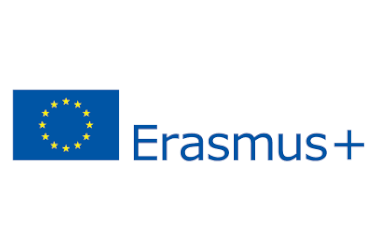Your CAO Choices Checklist

In spring each year following application to the CAO, applicants receive a statement of application containing a summary of course choices to date. In comparison to UCAS (the equivalent British system), the CAO system of application is fairly straightforward. However, there are a number of common mistakes. Some students miss important dates for application, fail to address errors/omissions, and don’t keep in mind the regulations and dates regarding application to certain courses.
Despite wide media coverage and the support of guidance counsellors, students sometimes disregard professional advice and common sense when filling up their course choices. Students have admitted picking courses to get to a college in a certain city that is deemed more exciting to live in, or they want to follow friends to a popular college. Others fill in their courses according to ‘points prediction’ rather than putting down courses in order of genuine preference (as advised by CAO). There are stories of students, who in their conviction that they won’t reach a certain points quota for courses like medicine, put down those very courses top of their list. Roll on August, they deliver, much to their surprise, on the required points; get offered medicine, even though the course they really want is number two on their list of course choices. Remember the CAO rule is you will never get a course lower in preference if you get offered a higher preference. Therefore, if you have filled out your application in order to get to a certain city; according to a points prediction, or any other reason; it is time to rethink and redo that application form.
At this stage in the CAO calendar, it is vitally important to keep certain dates in mind. The normal closing time and date for CAO application is 5.15pm on February 1. Applications received after that time are regarded as late applicants, and are subject to a higher fee, and might be eliminated from applying to courses with restricted entry.
By late Spring most students will have received a Statement of Application Record. Students can use a change-of-mind facility up until July for free. This facility opens in early May. Changes may be made to the courses already listed and the order of preference if required. Remember, new courses can be introduced, but not those with restricted entry, that might have required a portfolio, interview or testing. Whilst applicants may not introduce a restricted-application course to their list of course choices during this time, there is the following exception: If a restricted course shares the exact same assessment procedures with a course an applicant has already applied for, it may be permitted to introduce it on a change of mind. However, applicants should consult with the relevant college before introducing such a course.
Individual colleges may have further restrictions on late applications – for example, some may not consider late applications from certain categories of applicant. In particular, mature applicants, transfer applicants and those presenting qualifications other than recently-taken EU school-leaving examinations should make enquiries from the appropriate Admissions Office before submitting a Late Application.
Applicants may change their minds as many times as they want up to July. Yes, this can be beneficial but be mindful of the reasons to change course preferences. If frequently chopping and changing courses, perhaps the advice of a guidance counsellor would be beneficial, to help make more accurate choices. The advantages of the change-of-mind facility are that it takes a lot of pressure off applicants, many of whom are not absolutely certain at this stage about the direction they wish to go. Use this time wisely and do further course research via college websites and career resources.
Ruminating over a CAO application can cause undue stress at a time when the leaving cert exams are looming. The reverse can also happen: where students are consumed with their forthcoming exams, they can miss out on making a CAO application they will be happy with come August. There are also some applicants who are without the support of an educational institute (like a secondary school or a further education college) when making their application. The CAO website (www.cao.ie) has a useful resources section for those who need more information on accurate application processes.
If you don’t get the offer you want from CAO or if you don’t get any offer at all; there are numerous of other non-cao educational providers to choose from, like PLC colleges, apprenticeship providers, EU colleges and private colleges. Many of these alternative education providers offer a diverse range of courses with excellent accredited qualifications on completion.





